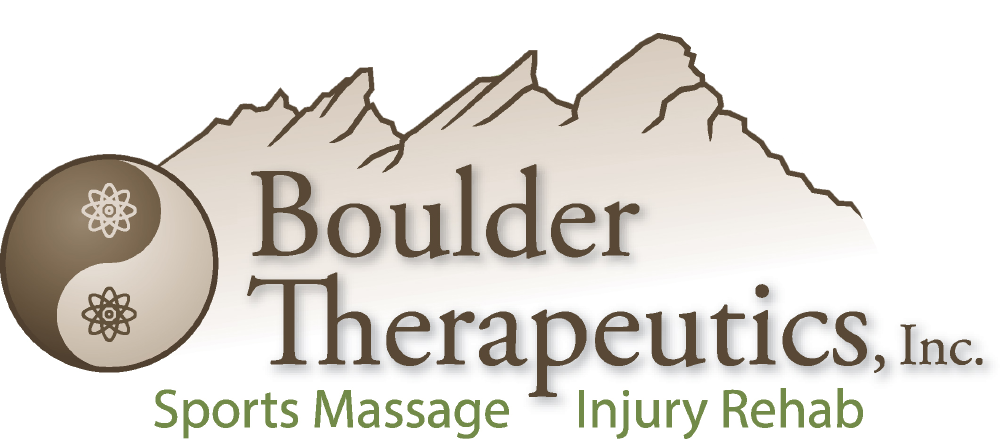Yogis, I’m sure you were shocked to read the New York Times article, How Yoga Can Wreck Your Body, published on Jan 5th, 2012. While a bit sensationalized and dated in its examples, there is some truth to the article. Let’s use this opportunity to hear the warnings and modify our practice accordingly.
 It’s important to recognize that yoga, like any physical activity, has the potential for injury. But unlike sports, yoga is NOT about competition. Let’s start there to maintain a safe yoga practice.
It’s important to recognize that yoga, like any physical activity, has the potential for injury. But unlike sports, yoga is NOT about competition. Let’s start there to maintain a safe yoga practice.
Yoga is NOT a Competition
Yoga is about getting in touch with our bodies, understanding our physical limitations (many temporary) and reaching a full-expression of our safe movement patterns…and so much more. Recognize that we’re all built and shaped differently so certain poses come easier for some people than others. Stay grounded in your practice and focus on getting to know yourself while trying to avoid forcing poses to please your instructor or out-do your neighbor. Once you’re in touch with your body, and truly understand the mechanics behind an advanced pose, slowly start to challenge yourself in a safe way. Practice consistently and be mindful of your limitations to keep your practice safe. And for the yoga instructors out there, please remember to remind your students to be safe, not to push students too hard and to focus on the goal of “doing no harm.”
A Yoga Class is for You, Not Your Instructor
An amazing yoga instructor can guide you thru a class with intelligent sequencing and proper verbal cues, but even a well-trained instructor can lead you into harm. Always make the class your own. The instructor is there to help facilitate your practice. Don’t be bound by every word they say, and be sure to do some research before jumping into a class or studio to make sure the education & training matches your needs. And when ego gets involved, whether from the student or the teacher, it’s best to check in with yourself and remember why you’re in class.
Modify Your Yoga Class to Meet Your Needs
The focus on the yoga class should be on you. If you have an injury or are new to yoga or a certain pose, trust your instincts and modify the class to fit your needs. An instructor and the studio should always honor your decision to modify a pose or to simply take a rest while the class continues. If they don’t, you may want to look elsewhere. Know your body, listen to any physical warnings and always be patient to help maintain a safe practice and avoid getting injured
Which Verbal Cues Are Correct?
At your first yoga classes, you’ll often be trying so hard to keep up that you won’t hear many of the cues given to help prevent injuries. Please be patient with yourself, move slowly and don’t push too hard. As you progress, you’ll start to hear the cues more clearly. It’s important to understand the poses so you can properly align your body to prevent injuries and ultimately find some freedom & release in your pose. It can be confusing when different studios & even instructors give cues that can oppose what you’ve heard in another class. My philosophy is to use cues that support proper anatomical alignment in order to maintain a safe practice. Cues like “stack your joints,” “don’t lock your joints” and “maintain a neutral neck” follow sound advice based from injury rehab & prevention practitioners.
Just Because you Can, Doesn’t mean you Should
Individuals who are very flexible or are hypermobile are often drawn to yoga because they’re good at it from day one. It’s so important to understand proper alignment of the joints and your spine to avoid doing harm. Just because you’re extremely flexible does not mean you should push your body thru its full range of motion. Doing so may actually be harming your body. I recommend reviewing our blog article on “Hypermobile vs. Hypomobile Joints” for a basic understanding of the difference.
Research Your Studio & Instructor
There are many teachers who lack a deep understanding of proper alignment to prevent injuries in their class. Also, some studios focus on really pushing people and their limits. Look into the philosophy behind your local studios; are you in the right place? Does the class description match your goals? Has the instructor been trained properly and does their bio represent an individual that provides what you need? Do some research and remember that it’s a difficult task for an instructor to teach 8, 12 or 40 people at a time so do your best to find a class that meets your needs. And at the end of the day, be patient and listen to your body. There is a lot of wisdom within each of us if we just listen.

